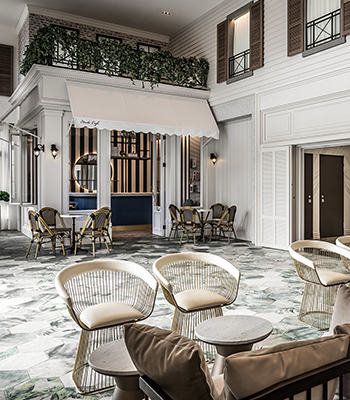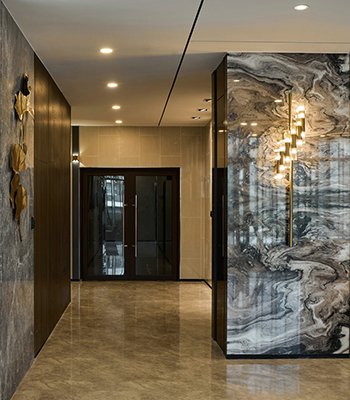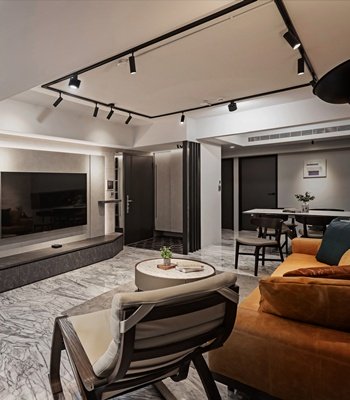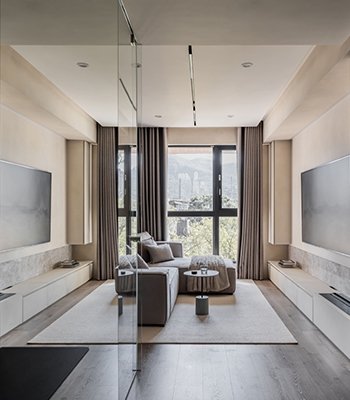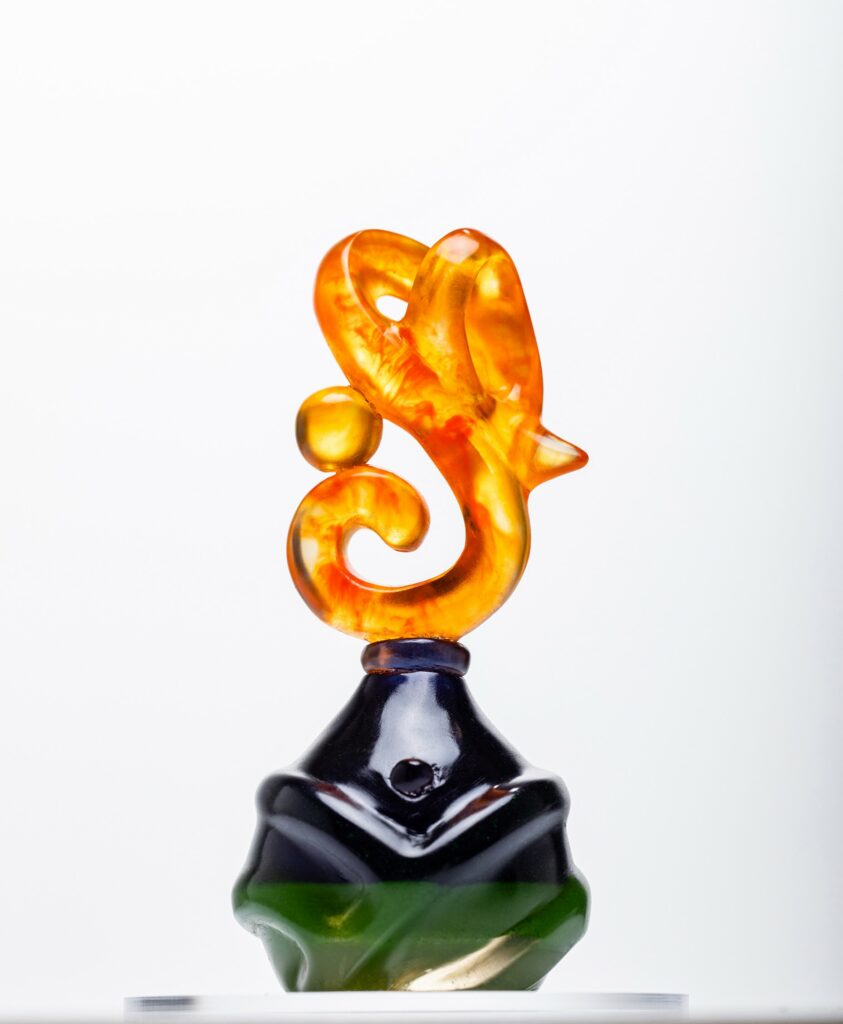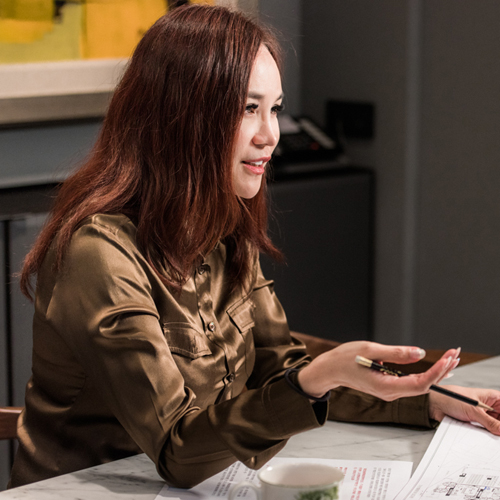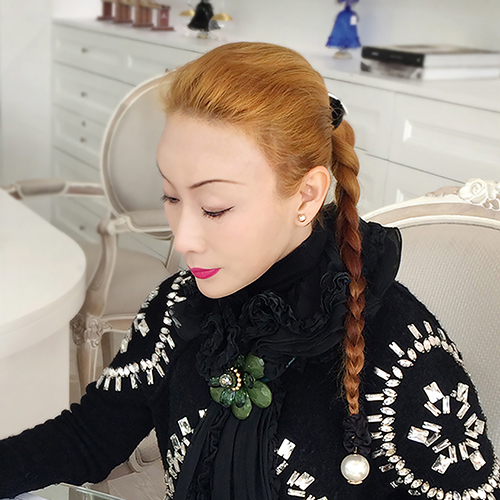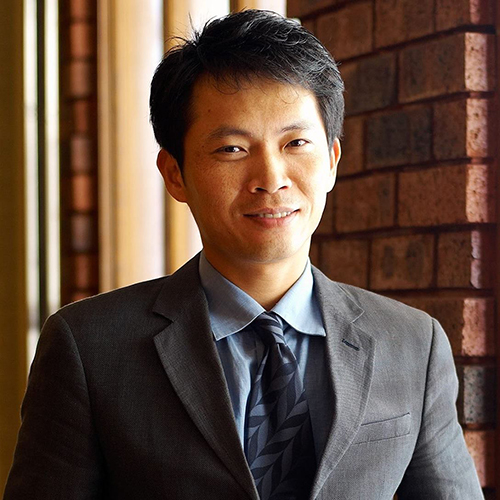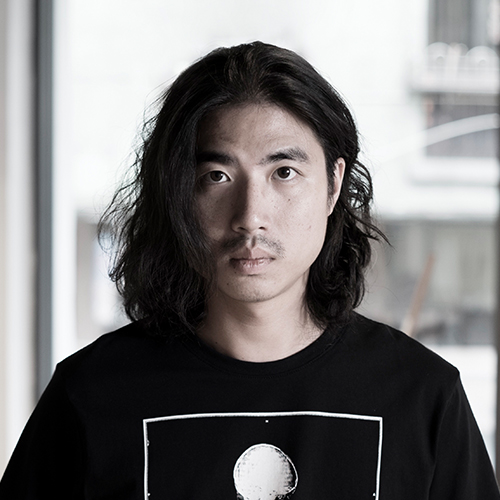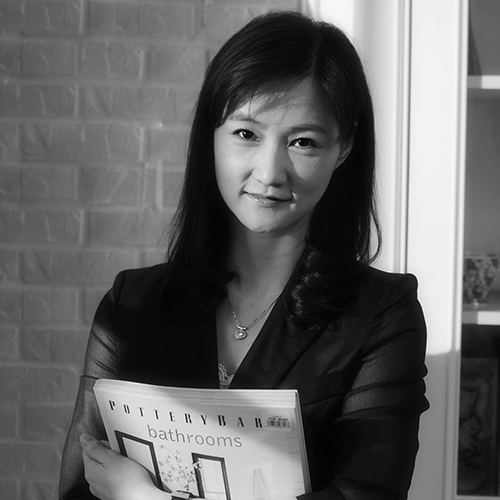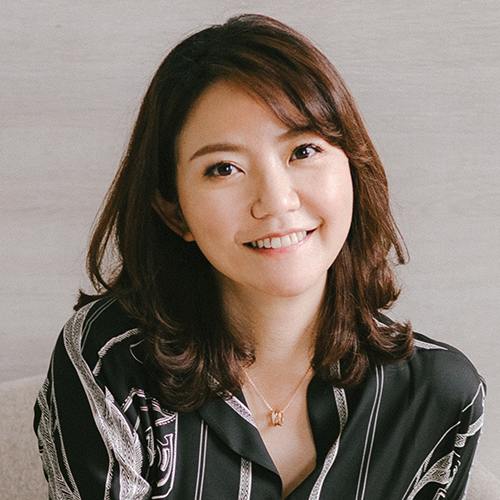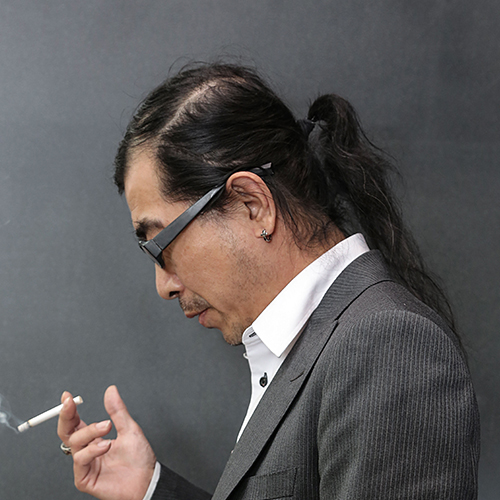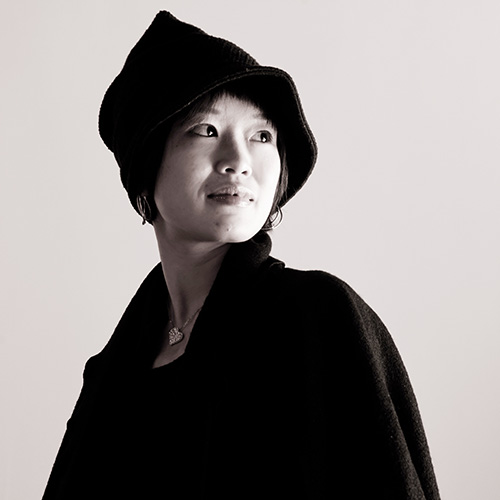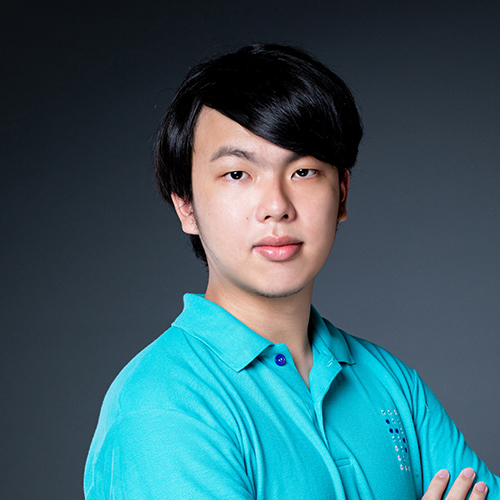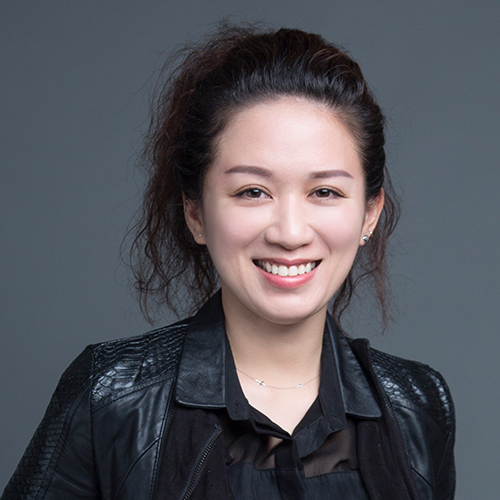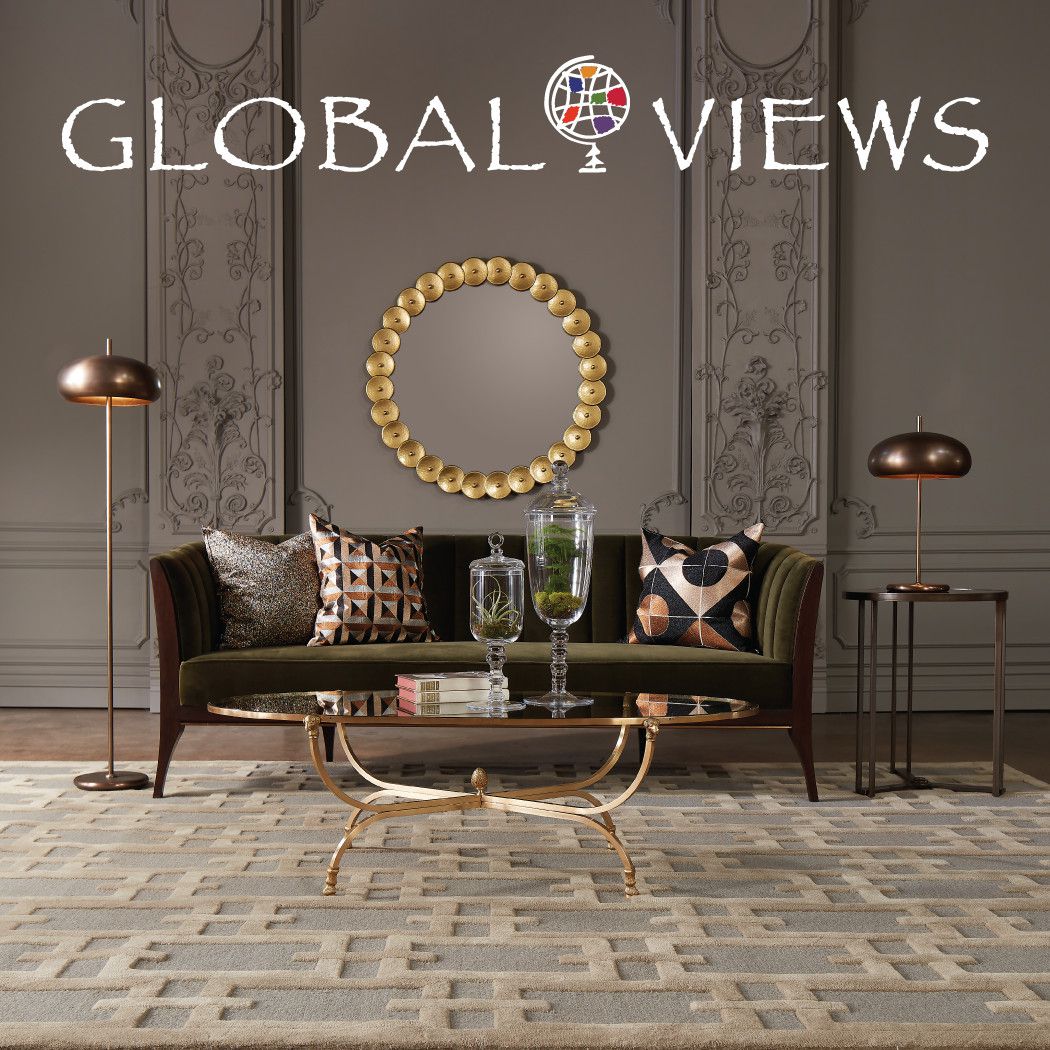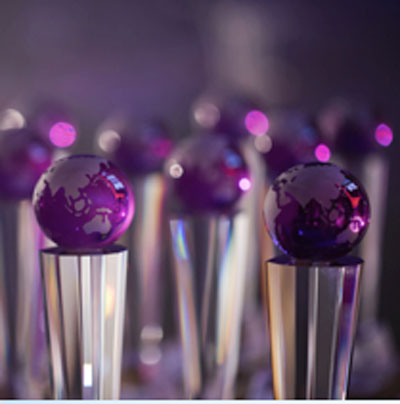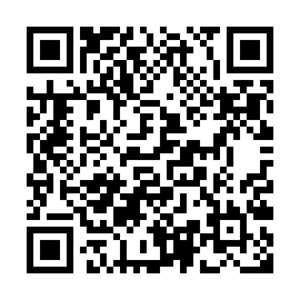
自然的允諾:藝術家 Ana Teresa Barboza
「大自然給我們各種徵兆——不論是空氣、植物、土壤、鳥兒皆在動靜中不時留下痕跡,我們因此得以一窺形 塑這個世界無形的進程,從而開始認知到構築大自然的各種生物與元素皆是環環相扣的。從生態循環中了解環 境,使我們更加意識到自然元素間的連結是亙古存在的,並持續的向外延伸。」——安娜・特雷莎·巴博扎(Ana Teresa Barboza)
延伸閱讀:秘魯藝術家 Ana Teresa Barboza 訪談
亞馬遜雨林與印加古文明幾乎成為祕魯靈魂的代名詞,祕魯人與自然環境之間的緊密聯繫可想而知。樹木代表 了自然的神秘力量,森林更是溢滿強烈情感意像的象徵,融入神話、暗示神秘與治療,是通往精靈、巫術和其 他超自然生物的居所。不論在祕魯天主教大學藝術學院美術系主修繪畫、或畢業後兼差設計服裝維生,似乎都使這份貫穿安娜·特雷莎·巴博扎作品中與自然的羈絆,愈形聚焦立體。 如果說安娜的掛毯或雕塑是人手工藝與自然造化的相逢疊合,自由地羅織各種技巧與織品型態,將各類線材轉 化為質地大相逕庭的立體組織,有如〈巴蘭科泉水〉(Manantial Barranquito)結合印有數位照片的布面,迷離了土石與波浪,或如〈綿延的線〉(Continuous Thread)代替石頭娓娓道出身上凝結成晶的歷史;那麼,她的大型 裝置則更直接地體現了她對環境的關注。
Statement “Our environment constantly leaves us signs. The air, plants, earth, and birds reveal traces within their movements and activities unwittingly. We can therefore glance at how nature around us imperceptibly operates. By sharpening our senses of environmental awareness, we can come to recognize the language of nature, and construct the knowledge of elements and beings that make up nature. In addition, understanding our environmental cycles allows us to be aware that the relationships of all living beings are closely connected and inseparable. The connection between these living beings has formed into a network, which is inevitably not to be overlooked and constantly expanding.” ─Ana Teresa Barboza. The Amazon rainforest and the ancient Inca civilization have almost become synonymous with the Peruvian soul, hence the intimacy between Peruvians and nature can be imagined. The trees endorse the mysterious power of nature, and the forest is a symbol full of emotional imagery, blending into myths, suggesting healing, paths into an area of elves, sorcerers, and other supernatural creatures. Whether majoring in painting in the Faculty of Art at Pontifical Catholic University of Peru (PCUP) or designing clothing part-time, while continuously creating after graduation, this bond with nature in Anna Teresa Barboza’s (1980) work, has only become clearer.
By freely weaving embroidery and tissues made of various techniques and transforming yarns and fibers of all kinds into three-dimensional tissues, Anna’s tapestries or sculptures make parallel the manual work and natural process. “Manantial Barranquito” creates images with fabrics that were incorporated into the print digital photo on cotton paper, blurring the earth, rocks, and waves; “Continuous Lines” uses yarns as if they are like flows of water, the opposition of hardness and rigidity of stone, to tell a story of the crystallizing past. While does not claim herself an advocate for the environment, Ana’s installation does demand a more direct engagement in that regard.

〈Manantial Barranquito|巴蘭科泉水〉2021
Tapestry in cotton thread, sheep and alpaca, dyed with natural dyes, emboidery on digital photography on cotton paper
棉線、綿羊和羊駝毛掛毯、天然染料染色、刺繡、數位照片於棉紙上 70 x 70 cm|27.6 x 27.6 inches

〈Aguas Caliente|阿瓜斯卡連特斯〉2021
Tapestry in cotton thread, sheep and alpaca, dyed with natural dyes,emboidery on digital photography on cotton paper
棉線、綿羊和羊駝毛掛毯、天然染料染色、刺繡、數位照片於棉紙上
152 x 145 cm|59.8 x 57.1 inches

〈Nevado Humantay|下雪的庫斯科〉2021
Tapestry in cotton thread, sheep and alpaca, dyed with natural dyes, emboidery on digital photography on cotton paper
棉線、綿羊和羊駝毛掛毯、天然染料染色、刺繡、數位照片於棉紙上
124 x 96 cm|48.8 x 37.8 inches

〈El Hueco|艾爾韋科〉2021
Tapestry in cotton thread, sheep and alpaca, dyed with natural dyes, emboidery on digital photography on cotton paper
棉線、綿羊和羊駝毛掛毯、天然染料染色、刺繡、數位照片於棉紙上
92 x 112 cm|36.2 x 44.1 inches
2019 年她疾呼濕地生態保育、以蘆葦編織的大型裝置,拿下 MAC 利 馬藝術與創新國家獎,成為備受矚目的新興藝術家和環境倡議者。 來自過去的精神 雖然有紮實的藝術訓練,但安娜與織物的連結自小啟蒙。「從小在家看著祖母用縫紉機,刺繡、編織、縫紉, 讓我對手工著迷;織品能產生難以言喻的美麗圖樣、拉近與觀眾的距離,擁有讓人『停下來』的吸引力。」 安娜也以織品回訪秘魯的文化傳統。不只使用的動植物纖維均來自仍保有傳統編織技法的聚落,她也與秘魯萬 卡約的傳統編織藝師:埃爾維亞.鮑卡爾合作,使用她承襲自父母的傳統編織技法創作織品,完成本次展出的系 列作品。馬丘比丘高山湖泊〈下雪的庫斯科〉(Nevado Humantay)的岩床與冬季植被,交會融合於腳踏機織品創 作的布面上—造化也是如此被計畫的吧?生態系統中的限制與分裂儼然消失,來自祖先精神的織物,邀請我們 打破認知中的生態分類系統,細細品味萬物間的緊密關聯。 生物的履歷與記憶 雨林植物的生物多樣性對祕魯人、或對全世界,有其文化、醫療、環境上的重要意義,安娜將此關注轉化為藝 術實踐,透過植物染纖維,以更安靜卻更有力的方式,標誌其作品、媒材與創作者身處的環境。 她在三個月內,調查住家附近不同植物的品種、醫療及一般用途,一邊行走一邊紀錄所見草木。收集樹皮、樹 葉和花朵,提取精華,並在植物與動物纖維上進行染色測試。
Expressing her concerns on water resource and wetland conservation via “Ecosistema del Agua” (2019) installation woven by reeds, she was awarded the MAC Lima National Award for Art and Innovation (Premio Nacional MAC Lima Arte e Innovación 2019) as an emerging artist. Spirit from the past Although trained solidly, Anna’s deep connection with textile and manual work can long be traced back to her childhood. “Since I was young, watching my grandmother embroider, weave, and sew via sewing machines, I was fascinated by handmade pieces; fabrics produce mesmerizing patterns, shorten the distance with the audience, and attract people to stop and admire details”, said Ana. Along with textiles, Ana also revisits Peruvian handmade tradition. Not only does she use plant and animal fibers originating from the communities where it preserves traditional weaving practice, Ana uses pedal loom¬-made fabrics created in collaboration with Elvia Paucar, a Huancayo traditional artisan who inherited traditional weaving practice from her parents. Just like how imagery of bedrock and ground vegetation merge together on “Nevado Humantay” surface, this series presents the scenery where assorted natural elements encounter. The restrictions of environmental system have disappeared, inviting us to break the typical, ecological classification system. Stored biological memories and traces The biodiversity of rainforest plants has cultural, medical, and environmental significance for Peruvians and the world. Through plant dye fabrics and fibers, Anna transforms this concern into artistic practice and, in a quieter yet more powerful way, marks the environment in which the media, works and the artist exist. Within 3 months, the artist documented the trees found in her neighborhood while she walked through in order to investigate the species, medicinal and general usages of the trees. With the collected barks, leaves, and flowers, Ana carried out dyeing tests on yarns and fabrics made with natural fibers.

〈Continuous Thread|綿延的線〉2017
Onyx stone of Huancayo, sheep wool and alpaca dyed with natural dye, glass
萬卡約的瑪瑙石、自然染色的羊絨和羊駝毛、玻璃
25 x 150 x 17 cm|9.8 x 59.1x 6.7 inches

〈Continuous Thread|綿延的線〉2017
Onyx stone of Huancayo, sheep wool and alpaca dyed with natural dye, glass
萬卡約的瑪瑙石、自然染色的羊絨和羊駝毛、玻璃
70 x 25 x 150 cm|27.6 x 9.8 x 59.1 inches
藝術家:「每次的測驗都讓我更加了解該植物的 原生環境——不同植物在織品上留下的細微差距是其原生土壤與環境的紀錄,我甚至看到植物的各種變化,及 因季節產生的顏色更迭。」纖維在染色的過程,下載了植物的醫療特性與適應環境的知識,讓觀眾與孕育植物 的土地產生連結。 這種理解自然的日常練習後來也遍及地貌變化多端的秘魯。〈阿瓜斯卡連特斯〉(Aguas Calientes)中,織物組成 的水文圖、植株、根系,與照片上的巨石、湍流密密交疊,便是安娜將該地拍攝的照片,融入旅行紀錄的水文, 凸顯特定區域地質氣候的作品;而〈艾爾韋科〉(El hueco)中,安娜以手工紡紗與植物染色的羊駝毛、綿羊毛纖 維,將原先不在風景中的動植物也融入織品中,最終將植物、動物、自然生態的知識也一同存取,使作品緊密 貼近秘魯的生態系統與連結。 李維史陀在《憂鬱的熱帶》裡有這麼一段未完成的短詩:「亞馬遜河,親愛的亞馬遜河,你缺少右乳房,你告 訴我們一大堆吹牛故事,但你的路未免也太狹窄了。」懸掛的織品猶如道路上的標誌,垂墜的線頭也是一趟旅 程的開始。「自然的允諾」述說著所有自然元素的真諦,以及細察自然跡象的必要性。安娜:「人們應重新建 立起與大自然的連結,培養出閱讀自然的能力,才能夠了解大自然允諾我們的龐大知識。」
Ana said: “Each test may allow us to understand more in depth of its primary environment, where each subtle difference of the plants remains on textile notes the details of its soil and environment. Furthermore, we may discover varied changes of plants as well as the changes of colours over seasons.” The extracted pigments from the plants implicate the knowledge of medicinal properties, which connects us with the environment For Ana, this is a daily practice of understanding nature and incorporating it into her life. After observing surroundings, the artist continues to travel and explore Peru, which has a diverse geography for her to document the water flow in varied landscapes. “Aguas Calientes” is an example of how the artist weaves the geological, climatic and hydrological pattern of certain areas, meanwhile integrating the photos of the area into textiles. In order to establish connection with the ecosystem of the areas, Ana creates the textiles made with plant and animal fibers. Just like how sheep and alpaca thread blend in “El hueco”, the knowledge of plants, animals, and the cycle of nature are also integrated into textiles, through the technique of hand-spinning and plant dye. Claude Lévi-Strauss wrote this unfinished quaternion in “Tristes Tropiques”: “Amazon River, dear Amazon River, your right breast is missing, you brag a lot, but your road is too narrow.” Textile works hung as signs on the road, signifies the beginning of the journey. “What Nature Allows” stated the inwardness of all the beings in nature, as well as the necessity of observation. “We should re-establish the connection with nature and understand its language to decrypt the knowledge that nature offers to us,” said Ana.

〈Grafts|嫁接〉2013 Embroidery on cloth|刺繡於布上 33 x 38 cm|13 x 15 inches

〈Structure of the Root (Orquidea)|根的結構(蘭花)〉2013 Embroidery on cloth|
刺繡於布上 58 x 32 cm|22.8 x 12.6 inches

〈The Sens|感官〉2013 Embroidery on cloth|刺繡於布上 45 x 63 cm|17.7 x 24.8 inches

〈The Sens|感官〉2013 Embroidery on cloth|刺繡於布上 45 x 63 cm|17.7 x 24.8 inches

〈The Sens|感官〉2013 Embroidery on cloth|刺繡於布上 45 x 63 cm|17.7 x 24.8 inches
安娜.特蕾莎.巴博扎 Ana Teresa Barboza
1981 年出生並成長於秘魯利馬 Born and raised in Lima, Peru
1999-2004 年秘魯羅馬天主教大學藝術學院繪畫學士 Painting degree at College of Fine Arts at Pontificia Universidad Católica del Perú PUCP
2007 年於巴黎國際藝術學院修習圖樣編排課程 Pattern Course at Mod’Art Paris School
2009 年於索非亞·坎扎諾時裝設計學院修習圖樣編排課程 Pattern Course at Sofía Cenzano School
Source: Nunu Fine Art



